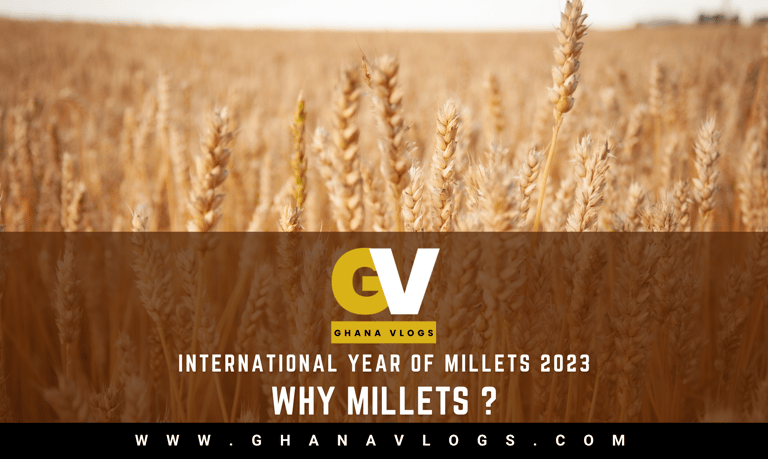Why Millets are important to the world?
ENVIRONMENT


Millet refers to a group of small-seeded grasses that are grown as cereal crops and used for both human consumption and animal feed. There are several different types of millet, including pearl millet, finger millet, foxtail millet, proso millet, and barnyard millet, among others.
Millet is a staple food in many parts of Africa and Asia, where it is often used to make porridge or flatbread. It is also becoming increasingly popular in Western countries as a gluten-free alternative to grains like wheat and barley.
Millets are important to the world for several reasons:
Nutritional value: Millets are a rich source of nutrients, including protein, fiber, vitamins, and minerals. They are gluten-free and have a low glycemic index, making them an ideal food for people with celiac disease, diabetes, or other health conditions.
Sustainable crop: Millets require less water, fertilizer, and pesticides than other crops, making them a more sustainable option for farmers, especially in arid and semi-arid regions. They are also drought-tolerant and can grow in poor soils, making them an important crop for food security.
Climate resilience: Millets have the ability to adapt to changing weather patterns, making them an important crop for climate resilience. They can withstand droughts, floods, and extreme temperatures, making them a valuable crop for farmers in regions prone to climate shocks.
Biodiversity: Millets are a diverse group of crops, with different types of millets grown in various regions around the world. They are an important component of agro-biodiversity, contributing to the preservation of local ecosystems and genetic diversity.
Economic benefits: Millets are an important source of income for small-scale farmers, especially in developing countries. They can be processed into a variety of products, including flour, porridge, beer, and animal feed, creating opportunities for value addition and income generation.
In summary, millets are important to the world because they are a nutritious, sustainable, climate-resilient, biodiverse, and economically viable crop that can contribute to food security, rural livelihoods, and environmental sustainability.




